- This armchair has four molded curved legs whose hooves are covered with an acanthus leaf, the front legs are decorated at their top with a rocaille motif (a pleated palmette in the shape of a fan). The scalloped and molded belt has in its center a rocaille cartouche with the particular heart-shaped form characteristic of the Tilliards production. The lines of the belt and the sides are emphasized by a sequence of volute moldings forming curves and counter-curves. Curved rocaille lines which also decorate the whiplash armrest supports, and the head of the volutes. The medallion backrest with molded chints, crosspieces and uprights. - Its elegant lines, finely sculpted with lightness and admirably proportioned, bear witness to the work of a great master, as evidenced by the stamp "TILLIARD" on the rear crosspiece. Jean-Baptiste Tilliard (1685-1768), who became a master in 1717, was established in Paris on rue de Cléry. Considered, during the reign of Louis XV, as one of the most talented seat makers, he was appointed around 1730 "ordinary carpenter of the crown furniture repository" and executed, between 1737 and 1739, three of the most important pieces of furniture in the Palace of Versailles, including the Queen's apartment, the King's bedroom and study. In 1764, his son Jean-Baptiste II (1723-1798) took over his father's workshop and inherited the title of "carpenter of the King's Furniture Repository". The father and son using the same stamp, it is the style which allows an attribution to the father or the son. Here, it is a work of the son, Jean-Baptiste II Tilliard since this armchair is characteristic of the Transition period; the Louis XV style can be read through the rocaille motifs and curved lines of the legs and moldings of the seat while the refined medallion back announces the Louis XVI style.
- Very good condition. Armchair upholstered in white (the upholstery has just been restored) leaving the future buyer the choice of the upholstery fabric.
- Dimensions: Height: 89.5 cm, Width: 53 cm, Depth: 48 cm


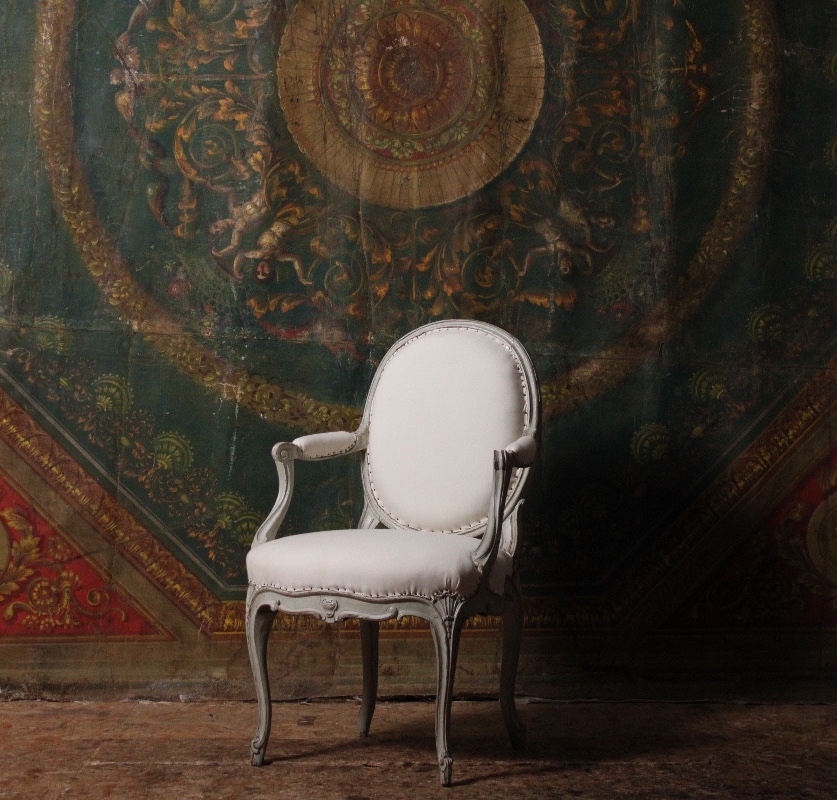
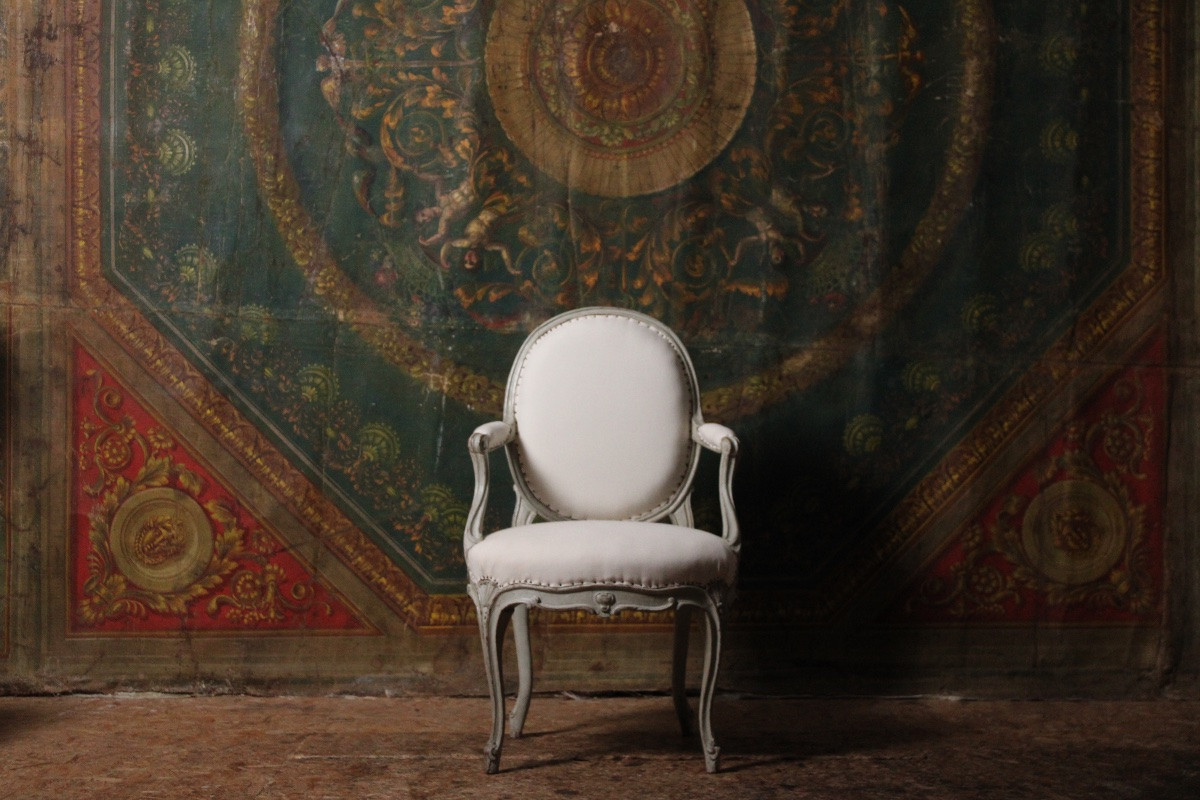
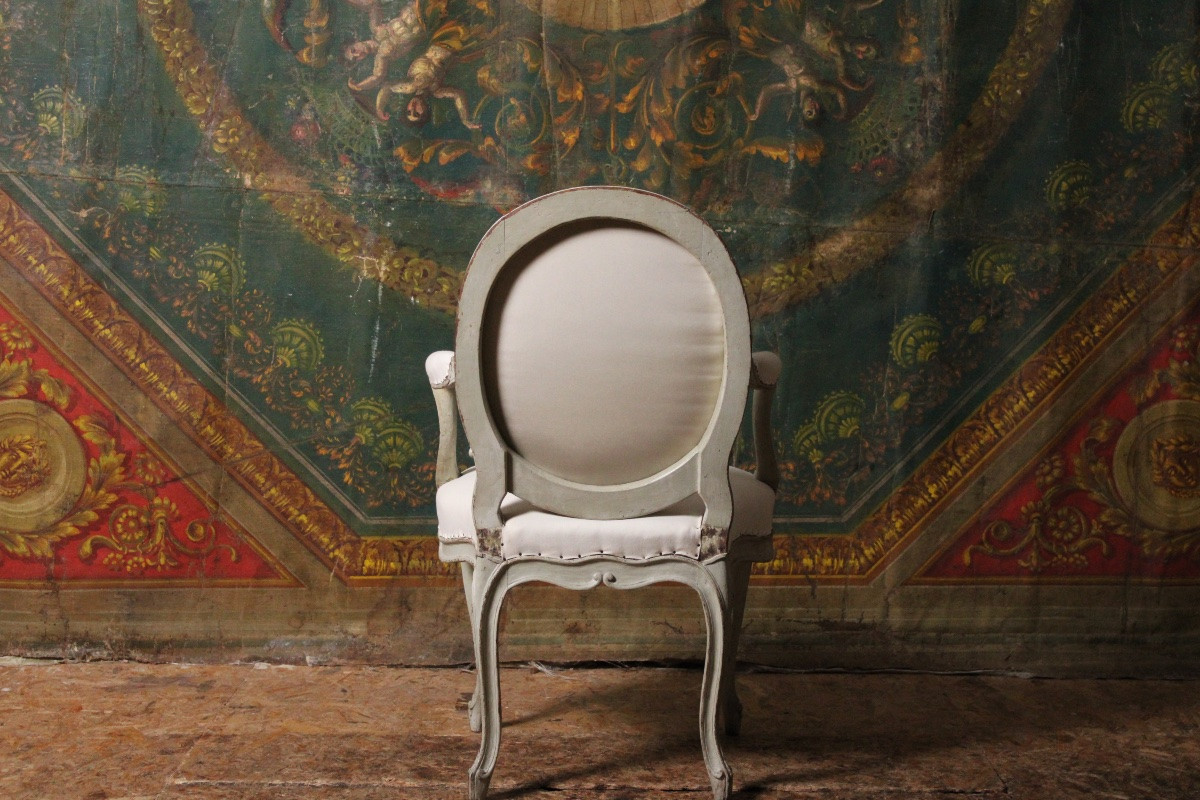
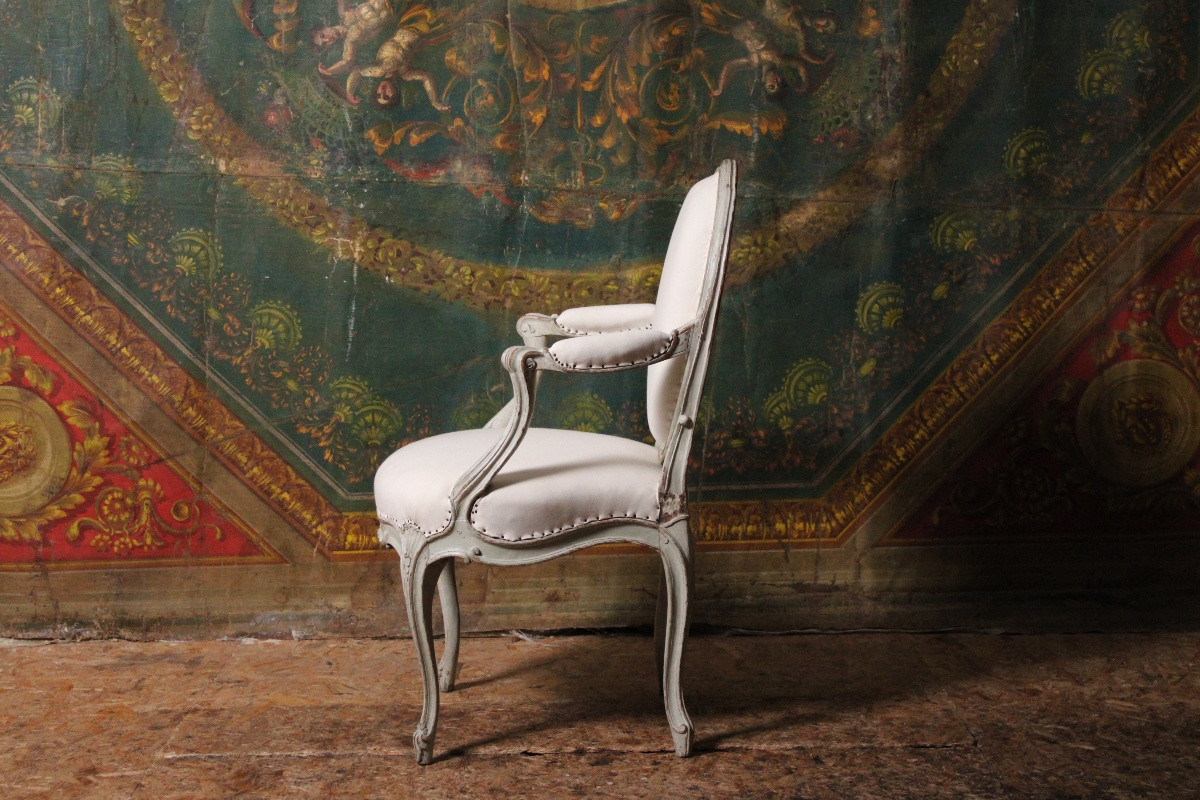
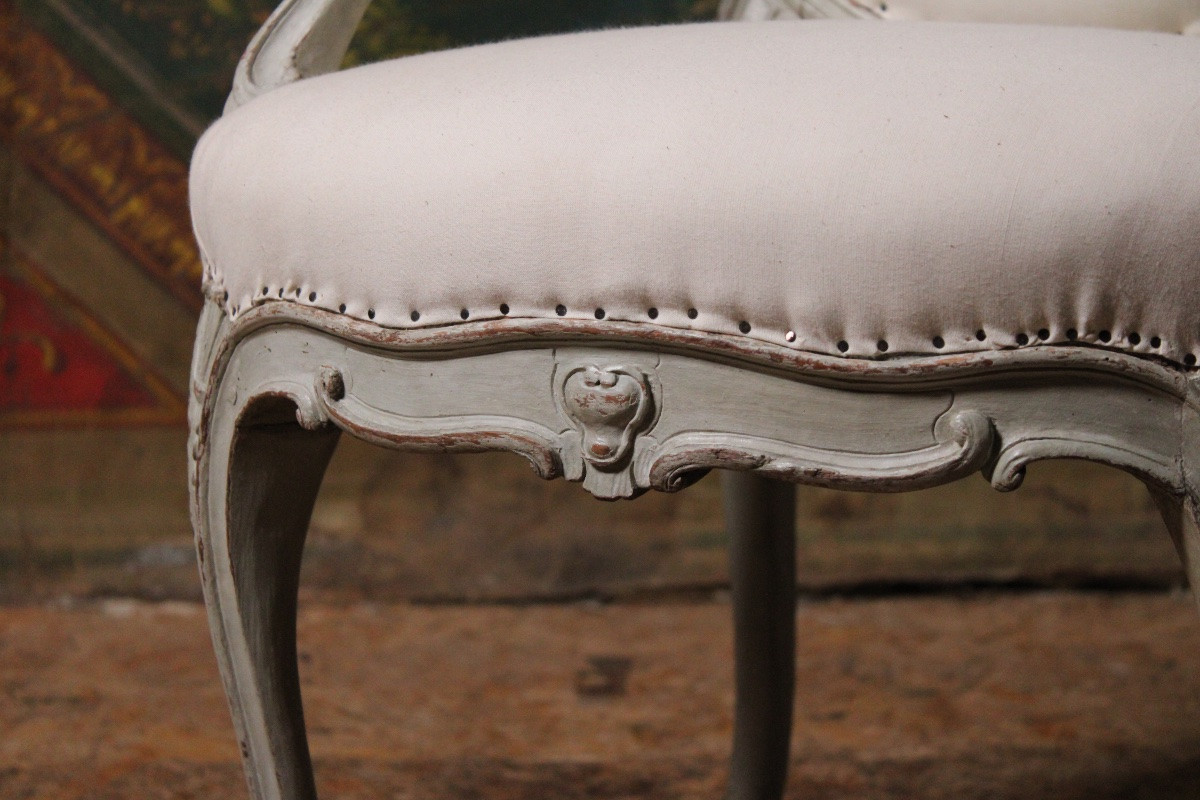
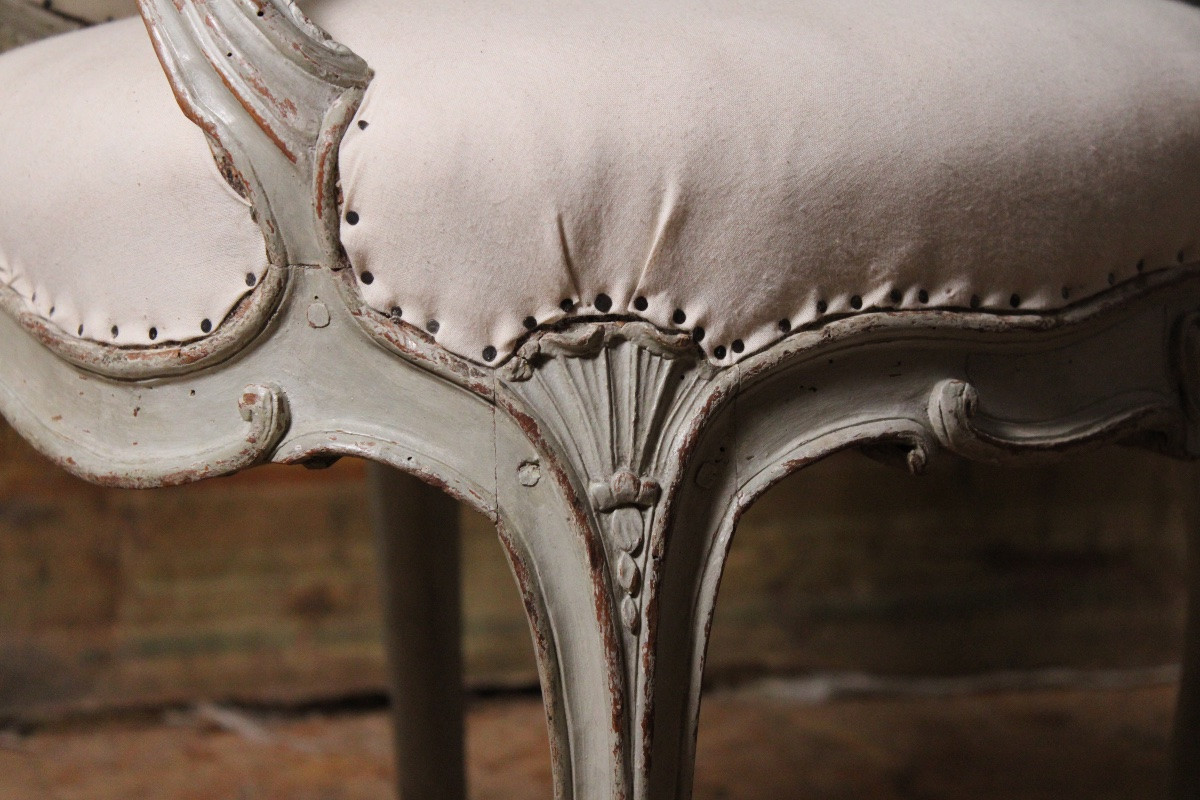
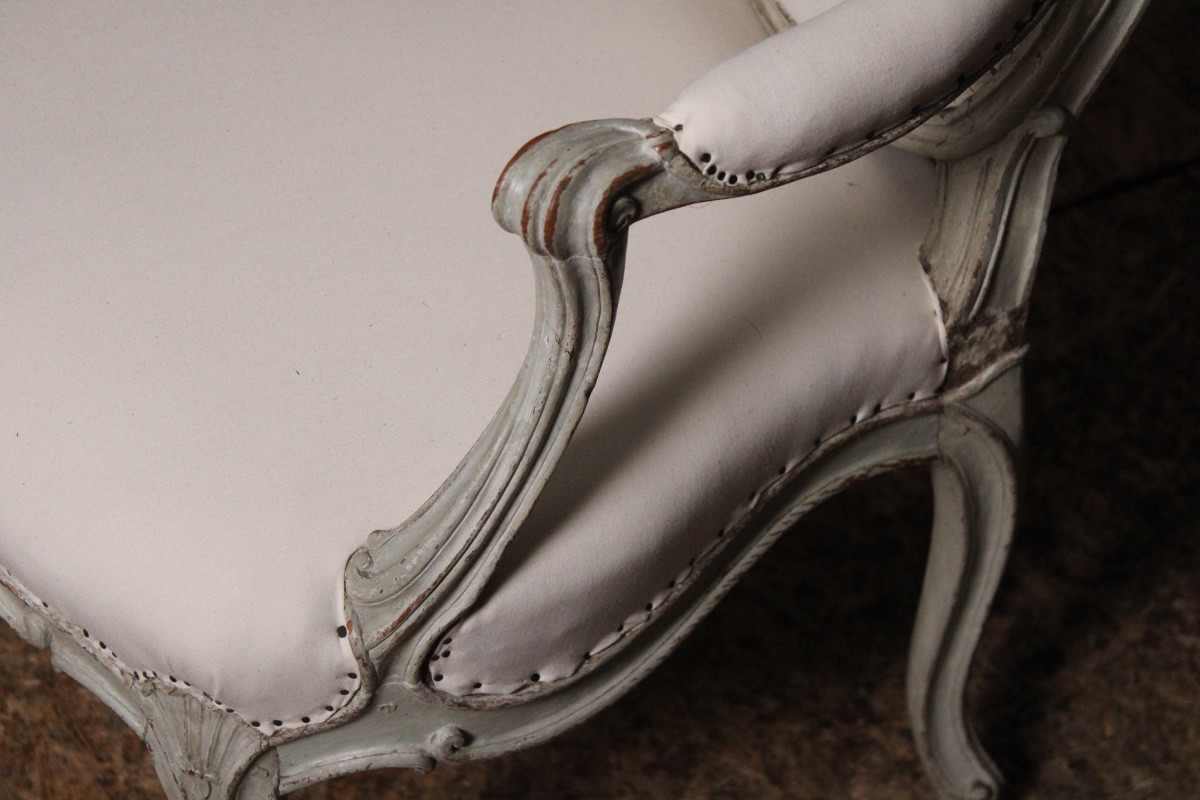
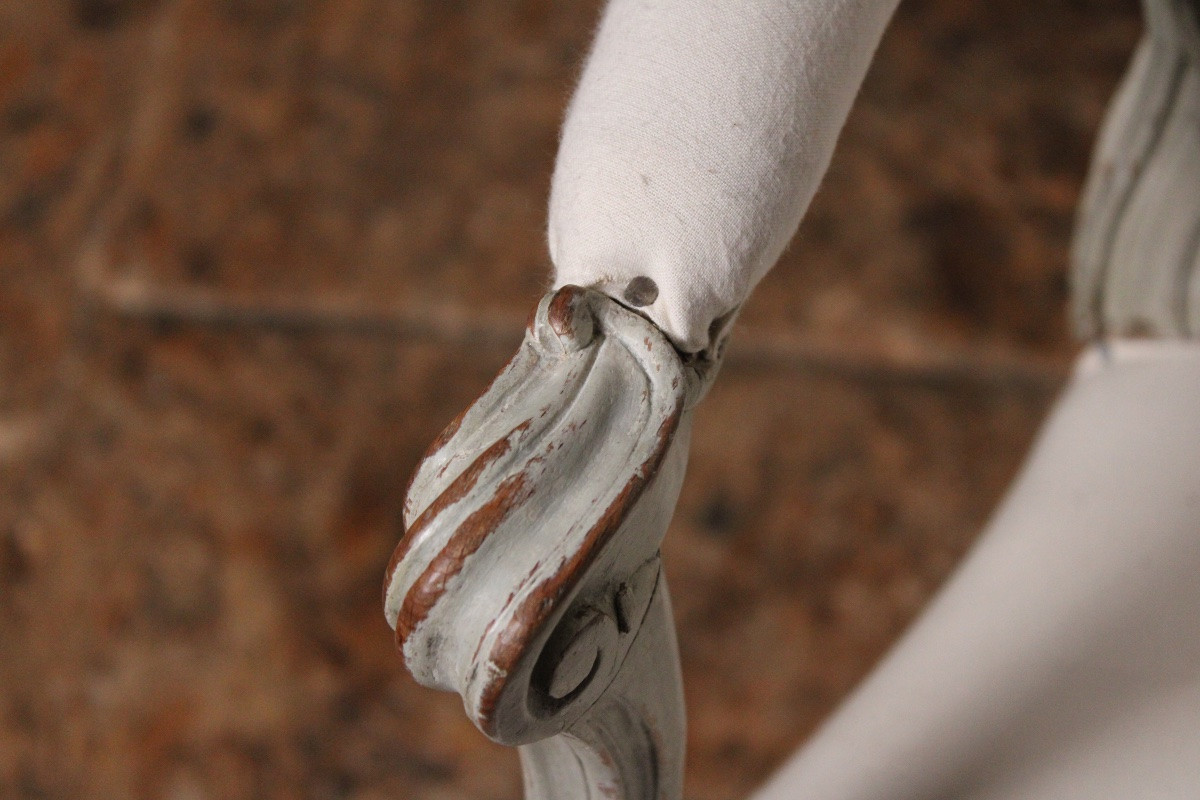
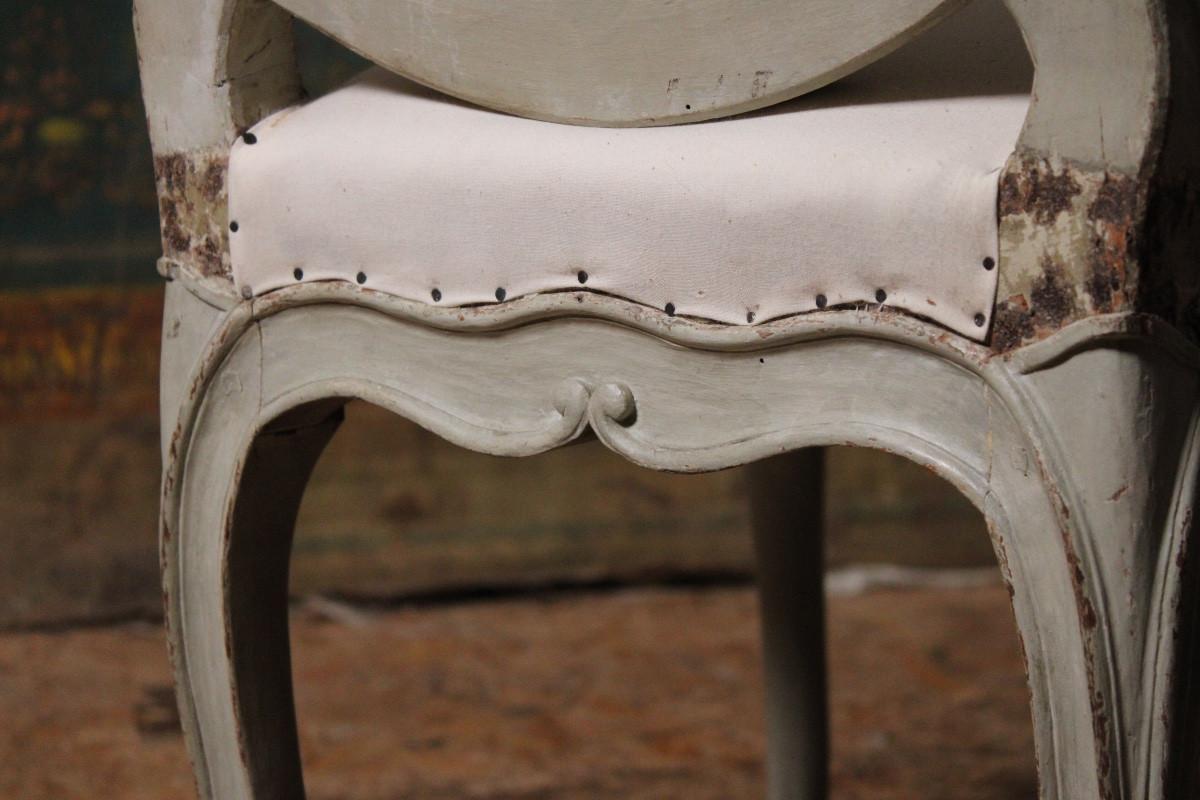
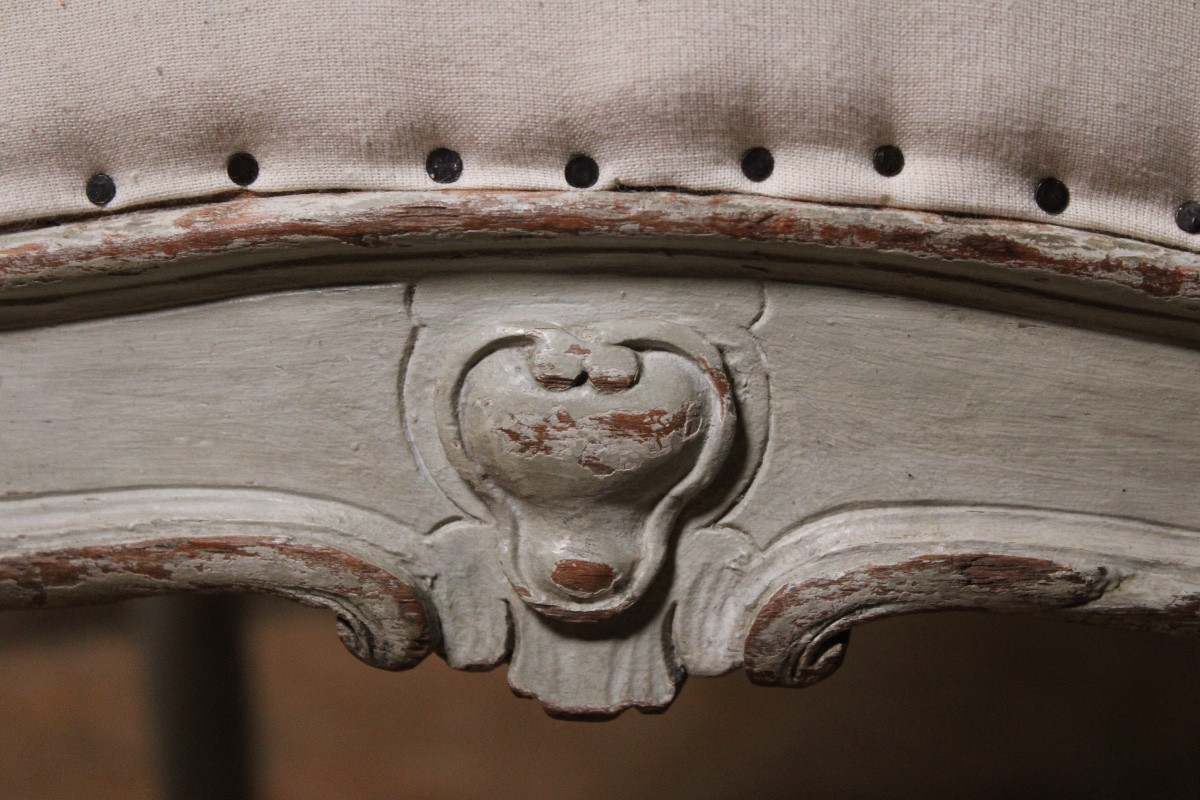
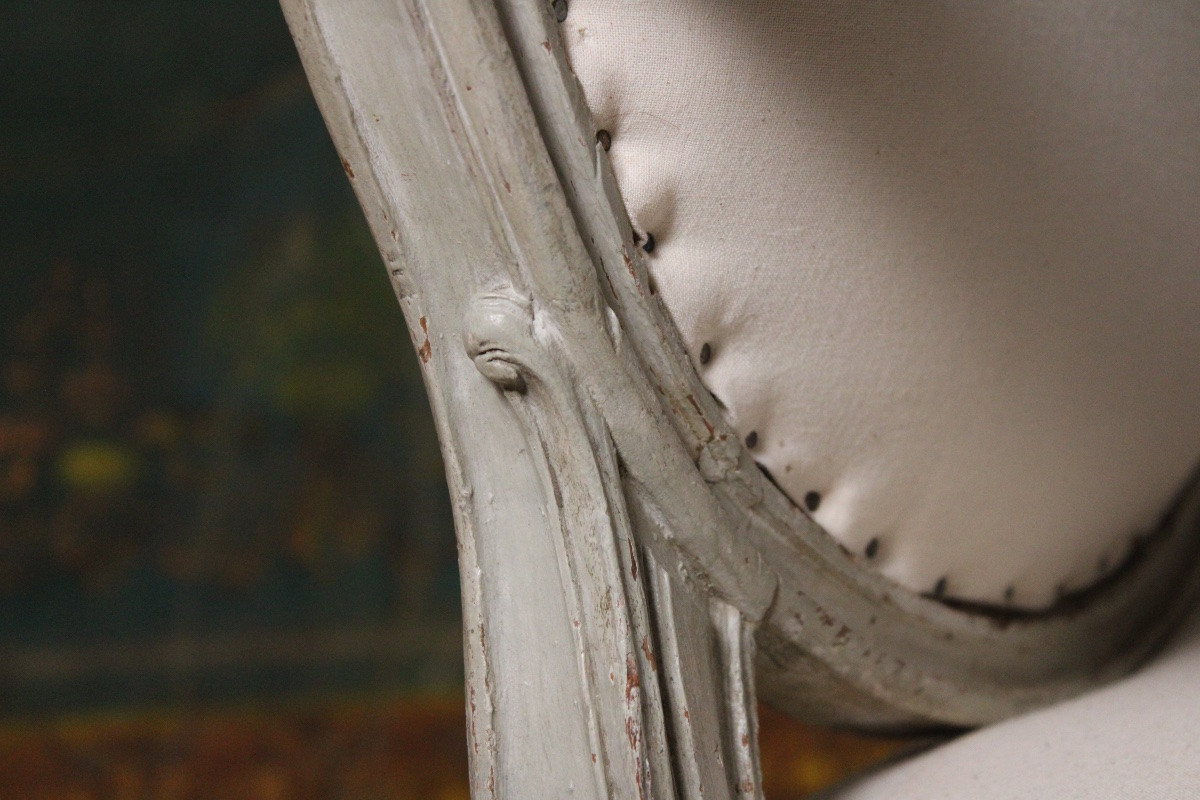
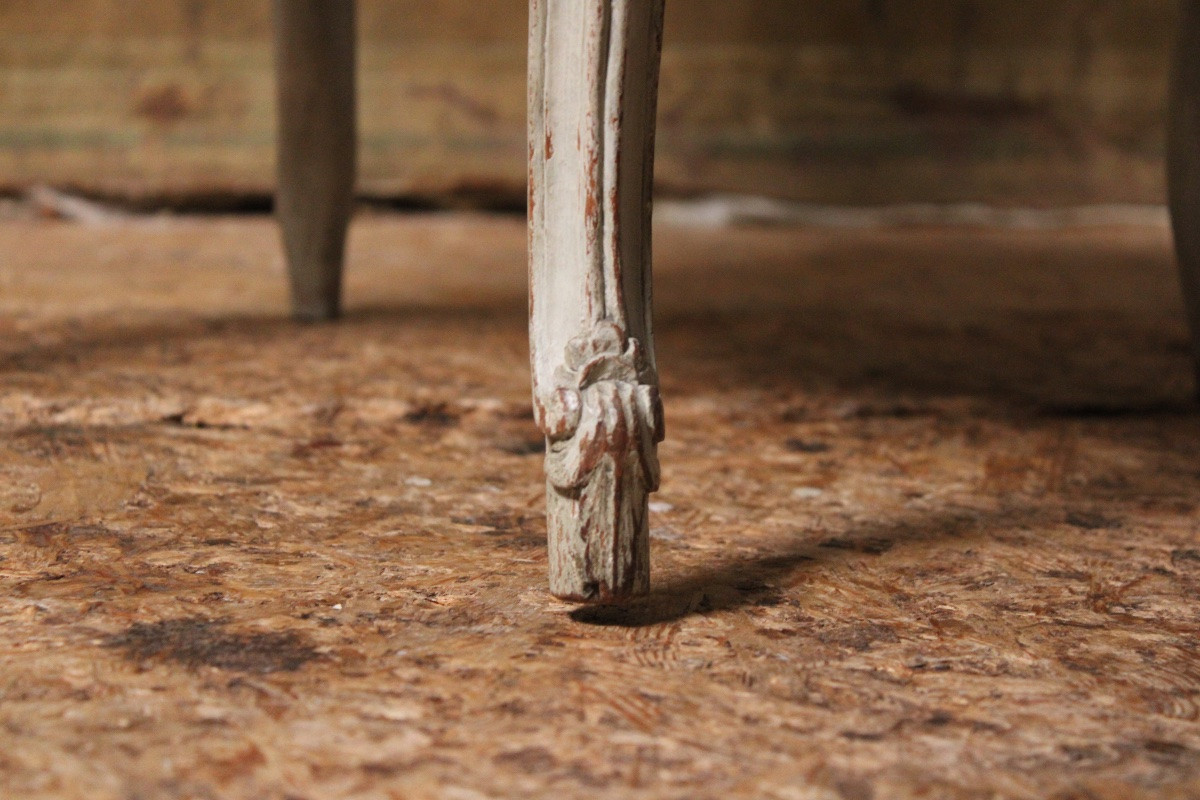
















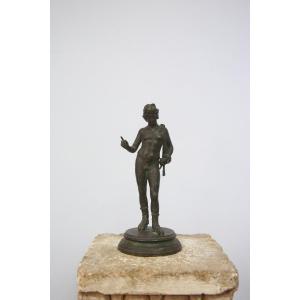










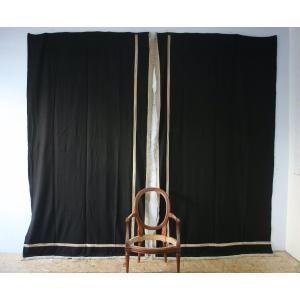


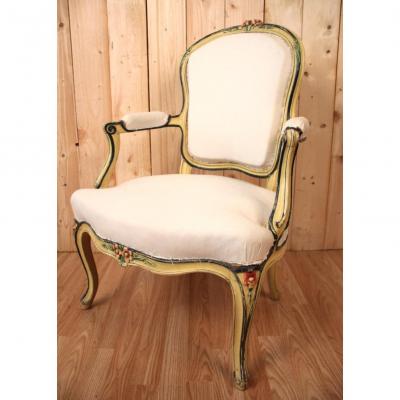
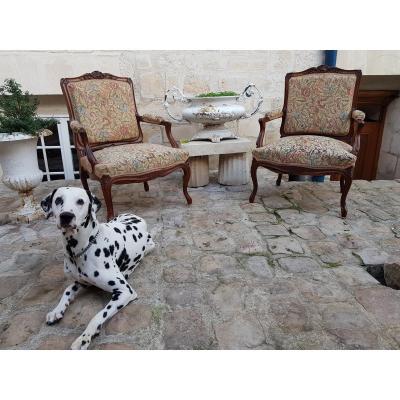




 Le Magazine de PROANTIC
Le Magazine de PROANTIC TRÉSORS Magazine
TRÉSORS Magazine Rivista Artiquariato
Rivista Artiquariato